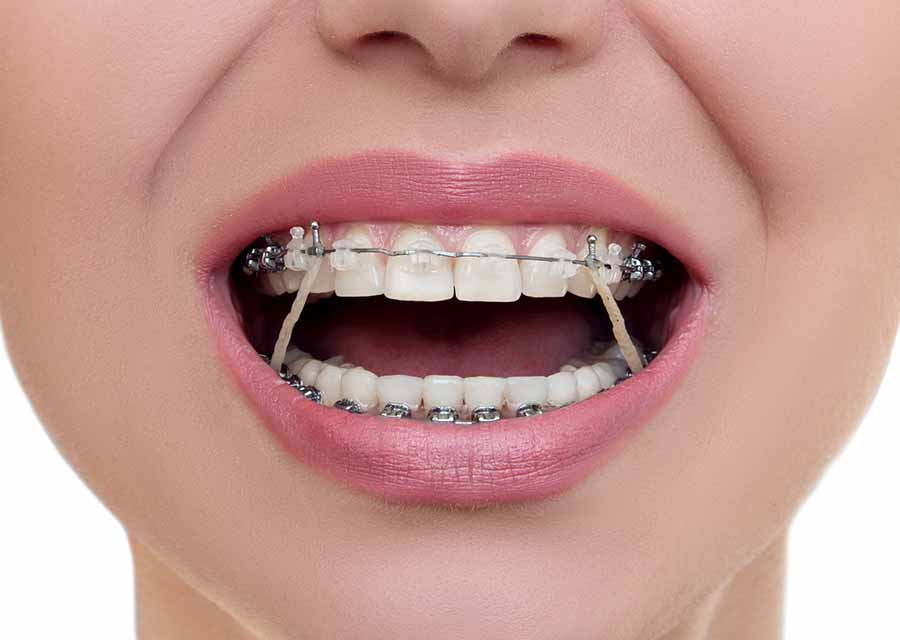See This Report about All Star Family Orthodontics
The Single Strategy To Use For All Star Family Orthodontics
Table of ContentsThe Basic Principles Of All Star Family Orthodontics The Main Principles Of All Star Family Orthodontics More About All Star Family OrthodonticsA Biased View of All Star Family OrthodonticsAll Star Family Orthodontics Things To Know Before You Buy

At Advanced Orthodontics, we supply patients with a holistic treatment experience. Additionally, we provide adjustable treatment schedules, adaptable payment options and a fun, satisfying experience - orthodontics. Telephone call ( 480) 357-4900 today for more details and timetable an appointment.
An orthodontist is a dentist educated to detect, avoid, and treat teeth and jaw irregularities. Orthodontists function with people of all ages, from youngsters to adults.
Malocclusion, or misaligned teeth, can result in oral issues, consisting of tooth degeneration, periodontal illness, and hard or agonizing chewing. Yet not every person is birthed with straight teeth. If you have a negative bite or large spaces in between your teeth, you may want to seek advice from a dentist specializing in orthodontic care.
Top Guidelines Of All Star Family Orthodontics
(Photo Credit Rating: DigitalVision/Getty Images) Orthodontists use dealt with and detachable dental tools, like dental braces, retainers, and bands, to transform the setting of teeth in your mouth. Orthodontic treatment is for dental irregularities, including: Uneven teethBite problems, like an overbite or an underbiteCrowded teeth or teeth that are as well far apartJaw misalignmentThe objective of orthodontic therapy is to enhance your bite.
While you may think of orthodontists as mostly for children or young adults who need braces, they can deal with dental troubles at any type of age. Orthodontists participate in college, oral school, and orthodontic institution.
, yet not all dental practitioners are orthodontists. They focus on two locations: Exactly how to effectively and securely relocate teeth How to appropriately guide growth in the teeth, jaw, and faceOnce an orthodontist has actually completed training, they have the option to come to be board accredited.
More About All Star Family Orthodontics
Imbalance, or malocclusion, is one of the most typical reason people see an orthodontist. It is genetic and is the result of size differences in between the top and lower jaw or between the jaw and teeth. Malocclusion causes tooth overcrowding, a misshapen jaw, or uneven bite patterns. Malocclusion is normally treated with: Your orthodontist connects metal, ceramic, or plastic square bonds to your teeth.
If you have only small malocclusion, you might have the ability to make use of clear dental braces, called aligners, as opposed to traditional braces. Some individuals require a headgear to aid move teeth into line with pressure from outside the mouth. After braces or aligners, you'll require to use a retainer. A retainer is a personalized tool that maintains your teeth in position.

You might need to see an orthodontist if you have: Crowding or otherwise sufficient area for all of your teethOverbite, when your top teeth come over your base teethUnderbite, when your base teeth are as well much forwardSpacing or concerns with gapsCrossbite, which is when your upper teeth fit behind your bottom teeth when your mouth is closedOpen bite or an upright void between your front bottom and upper teethMisplaced midline, when the center of your bottom and upper teeth don't align Dealing with an oral malocclusion can: Make attacking, chewing, and speaking easierImprove the balance of our face and your general appearanceEase discomfort from temporomandibular joint disordersDifferent your teeth and make them easier to clean, aiding protect against dental cavity or cavities It's frequently a dentist who first notices misaligned teeth throughout a regular exam.
Indicators on All Star Family Orthodontics You Need To Know
During your initial orthodontic assessment, you'll likely have: A dental examPhotos taken of your face and smileDental X-raysPanoramic (360 degree) X-rays of your face and headImpressions to produce mold and mildews of your teethThese tests will certainly aid your orthodontist know exactly how to continue with your therapy. An orthodontist is a dental professional that's had training to treat your teeth and jaw.
Orthodontists may do surgery, exams,X-rays, - old bridge nj orthodonticsand even more to assist you achieve a more comfortable, healthier smile. An orthodontist is concentrated on your bite, so something like a broken tooth would be handled by a dental practitioner. Orthodontists are dental professionals yet not all dental experts are orthodontists. Orthodontists are concentrated on your bite, or the way your teeth fit together, and the straightness of your teeth.

This initial consultation entails a visual assessment of your teeth and attack, X-rays, and potentially even 3D scans. By meticulously reviewing these elements, the orthodontist can identify any kind of imbalances, crowding, spacing problems, or jaw discrepancies. As soon as a clear picture is established, the orthodontist will discover this info here review tailored treatment choices. This discussion will certainly cover the type of braces or aligners advised (typical steel braces, clear aligners like Invisalign, etc), the approximated treatment duration, and any possible obstacles or negative effects.
All Star Family Orthodontics Things To Know Before You Get This
While braces are one of the most frequently acknowledged orthodontic treatment, orthodontists have a varied toolkit at their disposal. The particular method selected depends upon the severity of the case, the patient's age, and private preferences. These reliable braces make use of a system of braces bonded to the teeth and attached by cables.
Clear aligners, like Invisalign, are a prominent choice for people looking for a much more very discreet therapy choice. These removable trays are custom-made to progressively move the teeth's position. Headgear may be used combined with dental braces or aligners to apply added targeted forces, particularly for dealing with jaw inconsistencies. In situations of narrow jaws, palatal expanders can be made use of to produce room for proper tooth alignment.